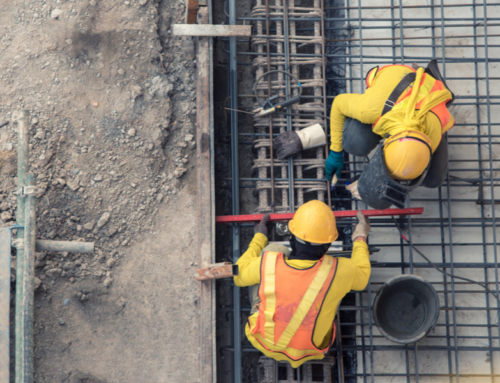Proper allocation of materials is very much important to ensure project efficiency while considering potential disruptions like delays in delivery or the wrong count of materials. 4D BIM modeling helps contractors, project teams and owners make accurate phasing charts and construction schedules via proper scheduling and sequencing of materials. Some important tips to implement 4D BIM to ensure efficient construction schedules are shared below.
Get All Baseline Information For 3D Model
A precise and information-packed 3D model is necessary to implement 4D scheduling. A kickoff meeting that is followed by a complete and exact data checklist is very important. It is critical to lay the base of model usability, data coordination, and stakeholder responsibilities.
Check Correctness Of 3D Models For The Necessary Parameters
After having the exact information, a detailed checklist allows modelers to establish the availability of deliverables to make the 4D model. These consist of renders, 2D drawings, operations, schedules, and other actions during onsite construction. With the progress of the project, modelers should review the 3D model and make the necessary changes. Frequent updates and reviews to a 4D model allow for having better 4D prototypes.
Include Construction Schedules To 3D Models
To have precise 4D models, data-rich 3D models with precise schedules are necessary. Having a thorough understanding of describing various construction activities can make 4D phasing easy. The activities can be associated with construction, spatial details, and other data. To improve the speed and accuracy of onsite construction and to streamline the processes, 3D model layers should be set to complement the 4D progression.
Utilizing Lean Construction Tools In Workspace Planning
Micro-scheduling the heavy equipment and fabricating a 4D model with proper LOD that has room for planning workspace is indeed a challenge of 4D scheduling. A high-quality 4D BIM model can allow us to identify and solve spatiotemporal conflicts, thereby saving spatial planning time, making the planning process more trustworthy, and increasing onsite safety. In addition, using a lean construction approach reduces waste due to poor planning of workspace and delays.
Customize Scheduling Based On Requirements
Customization of the 4D scheduling process can result in greater success as the perspective is very much different from the process of conventional scheduling. Making the 4D sequencing, keeping in mind where it is more necessary will help identify objectives more clearly than making use of a blanket formula that can be used for 4D scheduling in all cases.






